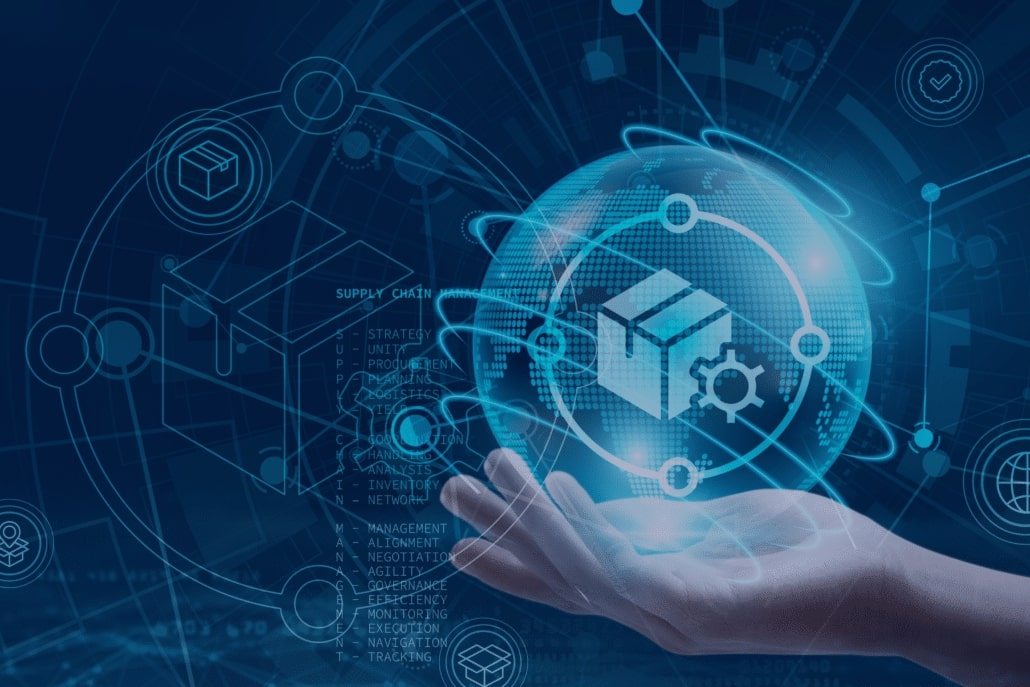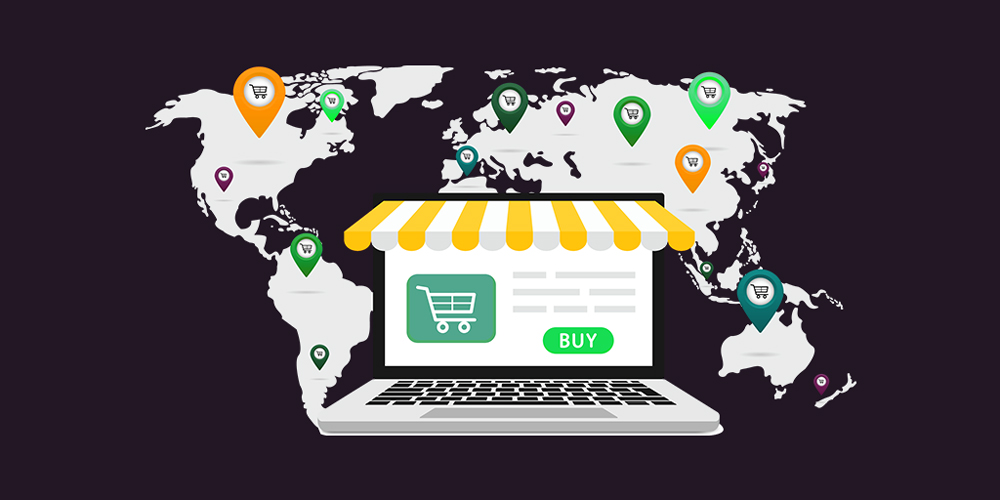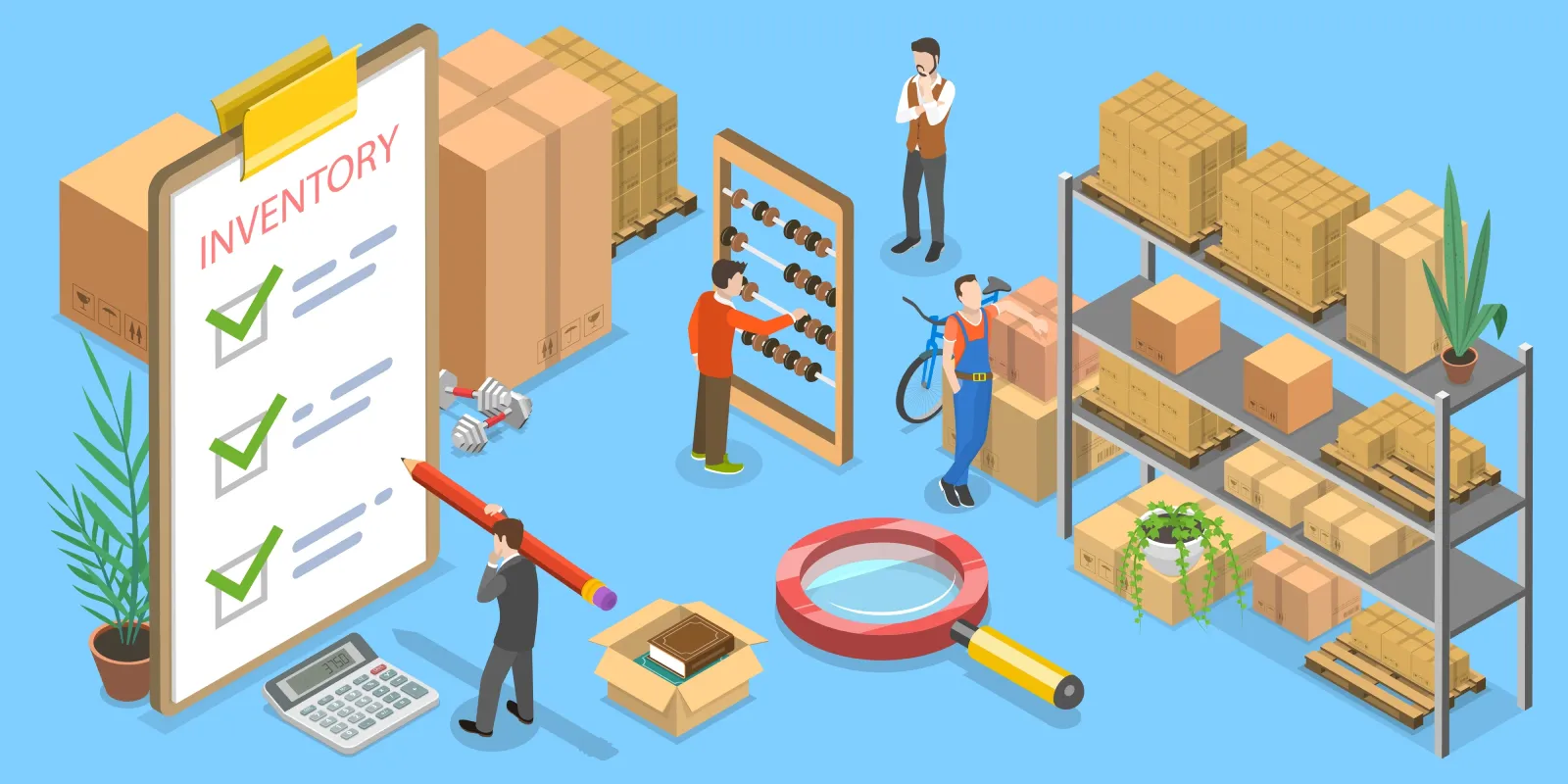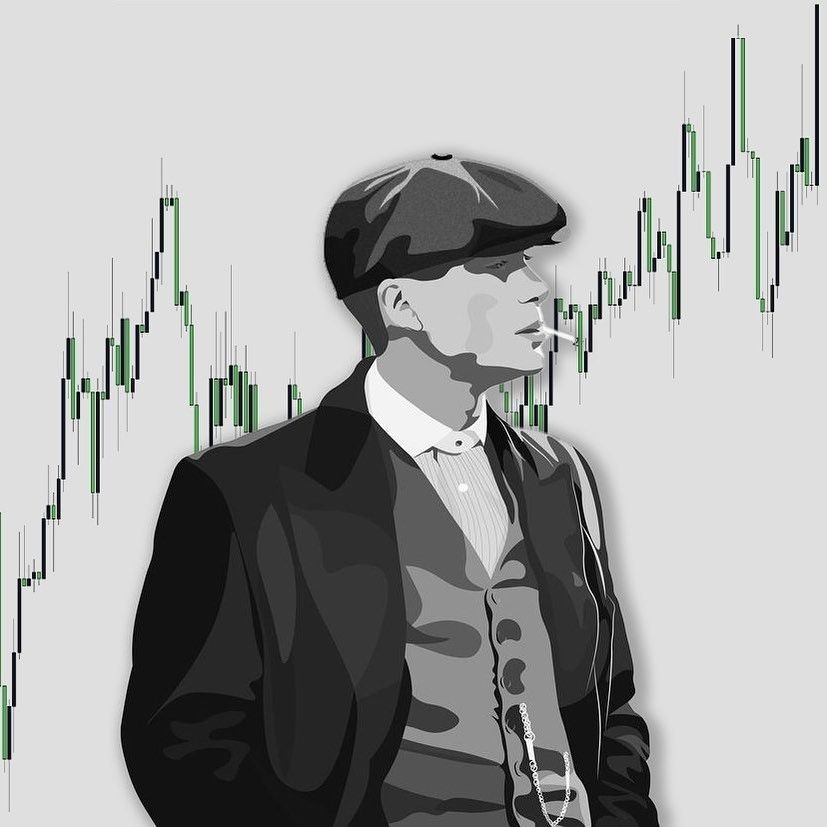The Role of Technology in Modern E-commerce Fulfillment
Technology in modern traitement des commandes de commerce électronique has become the driving force behind speed, accuracy, and customer satisfaction. PostalParcel recognizes that digital tools are no longer optional—they are essential to compete in global markets. From automated warehouses to AI-driven forecasting, the fulfillment process now depends on technology at every step.
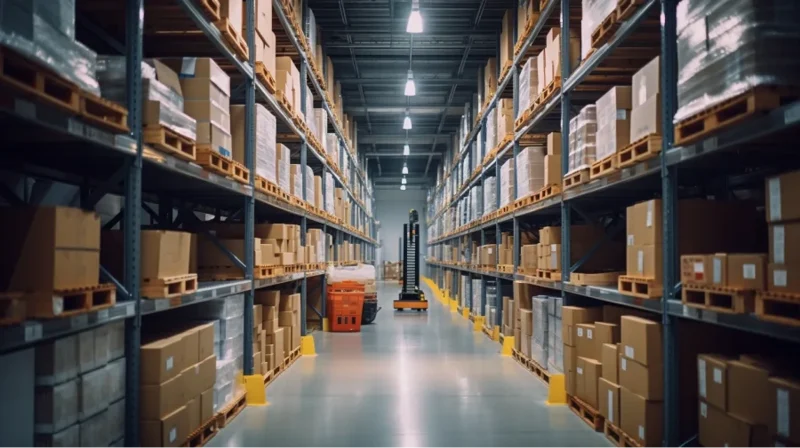
Why Technology Shapes Fulfillment Today
Des attentes de plus en plus élevées de la part des clients
Shoppers expect faster deliveries and transparent tracking. They want updates in real time and reliable arrival dates. Without strong technology, companies fall behind in meeting these demands.
Complexe Chaînes d'approvisionnement
E-commerce has gone global. A single order may involve suppliers from multiple countries, warehouses in different regions, and last-mile carriers in local cities. Technology helps manage these layers without chaos.
Pression concurrentielle
Online sellers fight for loyalty. A delay or error can push buyers toward rivals. Businesses that adopt smarter technology gain an edge with efficiency and better service.
Core Technologies Transforming Fulfillment
1. Warehouse Automation
Robotics and automated systems speed up picking, packing, and storage. Machines reduce errors, while employees focus on tasks that require judgment. For PostalParcel clients, automation ensures consistency even during peak shopping seasons.
2. Artificial Intelligence in Forecasting

AI analyzes past sales, seasonal trends, and current market signals. This helps businesses predict demand more accurately. Instead of overstocking or facing shortages, sellers keep inventory balanced and costs under control.
3. Real-Time Tracking Systems
Tracking is no longer just a shipping number. Advanced platforms provide updates at each stage—departure, customs, local delivery, and final handoff. Buyers feel reassured, and sellers reduce support calls.
4. Cloud-Based Fulfillment Software
Cloud platforms connect sales channels, entrepôts, and carriers. A single dashboard manages orders from multiple online stores. PostalParcel integrates these systems for sellers who want simple control over complex logistics.
5. Data Analytics for Process Improvement
Analytics tools highlight bottlenecks and inefficiencies. Managers learn which carriers perform best, where delays happen, and which products often face return issues. Continuous improvement becomes easier with real-time data.
How Technology Improves Efficiency
Un traitement plus rapide
Automation cuts down manual handling time. Orders move from “placed” to “shipped” in hours, not days.
Lower Error Rates
Barcode scanning and AI-driven quality checks reduce mistakes. This protects brand reputation and customer trust.
Smarter Resource Allocation

Data insights help assign staff and carriers where demand is highest. Businesses spend less on wasted labor and idle inventory.
Gains en matière de durabilité
Technology optimizes routes, packaging, and energy use, reducing environmental impact, a growing concern for brands and shoppers.
The Role of PostalParcel in Tech-Driven Fulfillment
Integrated Systems for Cross-Border Sellers
PostalParcel specializes in connecting inventory and carriers across borders. By using advanced APIs and data-driven dashboards, sellers manage orders in multiple countries without confusion.
Flexible E-commerce Fulfillment Options
Not every business needs the same model. Colis postal supports hybrid setups—mixing centralized warehouses, regional hubs, and drop shipping. Technology enables these flexible strategies.
Transparency and Trust
Buyers demand visibility, especially in international shipping. PostalParcel’s tracking systems give end-to-end clarity, reducing disputes and refund claims.
Emerging Trends in Fulfillment Technology
Artificial Intelligence at Scale
AI will move beyond forecasting. Soon it will suggest best shipping options for each order in real time, balancing cost and speed.
Dispositifs de l'internet des objets (IdO)

Smart sensors on packages can monitor temperature, location, and even shock impact. This is crucial for sensitive products like food, electronics, or pharmaceuticals.
Blockchain for Secure Transactions
Blockchain can verify shipments, payments, and supplier authenticity. This prevents fraud and builds stronger supply chain trust.
Drone and Autonomous Vehicle Delivery
While still in early stages, drones and driverless trucks promise faster and cheaper livraison du dernier kilomètre, especially in urban and remote areas.
Practical Challenges in Adopting Technology
High Initial Costs
Automation and AI require investment. Small sellers may hesitate, but long-term gains usually outweigh the cost.
Intégration des systèmes
Many businesses run on outdated software. Linking new tools with old systems can be difficult without expert support.
Formation et adoption
Employees need to understand and trust new systems. Without training, even the best technology fails to deliver results.
Cybersecurity Risks
As fulfillment becomes more digital, systems are exposed to cyber threats. Companies must invest in strong protection and monitoring to safeguard sensitive order data.
Case Example: Technology Solving Seasonal Peaks
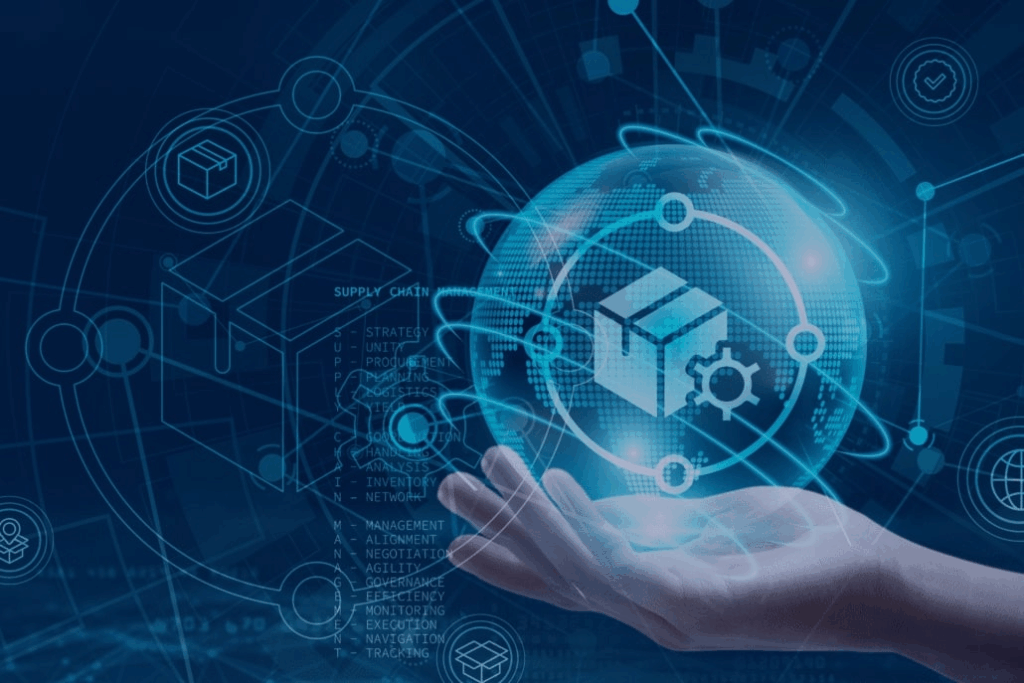
During holiday seasons, order volumes rise sharply. Sellers who rely only on manual labor struggle with delays and errors. Those using PostalParcel’s automated systems process orders faster, reroute shipments instantly, and maintain customer satisfaction even under heavy pressure. This proves technology is not just helpful—it is essential.
In practice, automation reduces the stress on warehouse teams who often face double or triple workloads during peak sales events. Smart dashboards allow managers to allocate resources dynamically, shifting staff and carrier support toward regions with the heaviest demand. Real-time tracking also minimizes customer inquiries, since buyers can see every update directly on their screens. With this combination of speed, visibility, and adaptability, businesses avoid the seasonal chaos that once damaged their reputation and revenue. Instead of fearing high-volume periods, technology helps them transform peaks into opportunities for growth and stronger loyalty.
Best Practices for Businesses
Start Small, Scale Fast
Adopt technology in stages. Begin with real-time tracking or cloud dashboards, then expand to automation and AI.
Focus on Customer Experience
Choose tools that directly improve the buyer’s journey. Faster updates, accurate delivery times, and fewer errors build loyalty.
Work With Trusted Partners
Partnering with fulfillment experts like PostalParcel reduces risks. A trusted platform provides tested systems, reliable support, and future-proof technology.
Keep Innovation Ongoing
Technology is never static. Businesses should review tools every year and stay open to upgrades. Early adoption keeps them ahead of competitors.
Conclusion
Technology in modern e-commerce fulfillment is no longer optional. It defines how businesses meet customer expectations, manage complex supply chains, and stay competitive. From AI forecasting to warehouse automation, each innovation makes fulfillment faster, smarter, and more reliable. PostalParcel continues to deliver solutions that connect global sellers with efficient, transparent, and scalable fulfillment. For e-commerce brands aiming to grow, the question is no longer if they should adopt technology, but when. The businesses that move early will be the ones shaping the future of online retail.
Aperçu de l'industrie
nouvelles via la boîte de réception
Nulla turp dis cursus. Integer liberos euismod pretium faucibua

